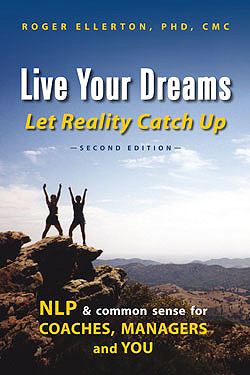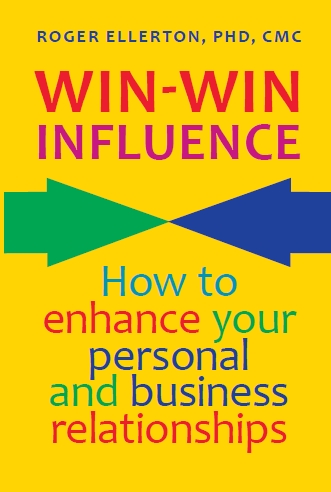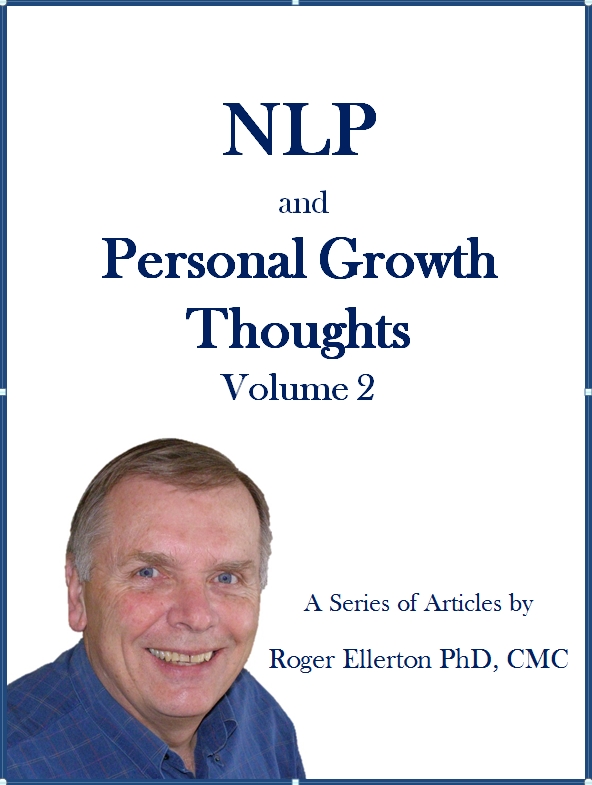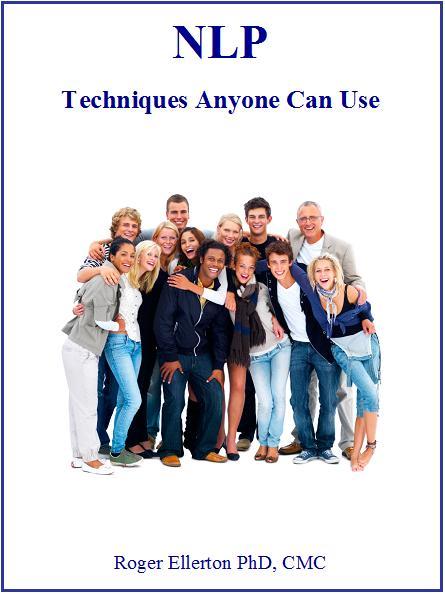Metaphors
By Roger Ellerton Phd, ISP, CMC, Renewal Technologies Inc.
This article may not be republished without written permission from Roger Ellerton/Renewal Technologies Inc. If you republish this article without permission, you will be in violation of copyright law and sent an invoice. You may share this and other pages with your friends by linking directly to this page from your website or blog.
A metaphor is an indirect way of communicating through a story or figure of speech. It may reveal the culture of an organization or the inner thoughts of an individual. It can also imply a comparison (be quiet as a mouse) or parallel the patterns of a problem to offer solutions or suggestions (a fairy tale: The Boy Who Cried Wolf). In NLP, a metaphor includes similes, parables and allegories and is rich in its ability to enhance communication.
Deep Structure of Thought
The deep structure of thought is based on inner feelings, memories, beliefs and values. This is revealed through our behaviours and for individuals is referred to as our personality and in organizations, we call it corporate culture.
At work you may hear an individual say 'We need some ammunition', 'put on your flak jacket', 'rally the troops', 'bring out the big artillery' or 'need to out flank them'. These are figures of speech and reveal the inner beliefs of an individual (i.e. work is seen as war) or if held by a group of people the culture of an organization or team. Other people may see work as a 'zoo' or life as something to be endured and their actions and words will reflect this. The metaphor you have for life, or work or home will colour how you see things, will surface in your behaviours and in the words you use, and will influence your interactions with others.
Understanding a person's or an organization's metaphor can provide insights to their inner feelings, memories, beliefs and values and provide you with an opportunity to be of assistance.
Working with Metaphors
If a person or organization finds that their metaphor is not serving them, it can be changed to trigger different ways of thinking or to see the issue from a different perspective. Instead of a war metaphor (indicating conflict), you may assist a team to change it to a sports metaphor (indicating competition). That is, 'move the ball forward', 'avoid being offside', 'need a big play'. Or you may wish to take a win-win perspective and see how each person can support the other. Changing metaphors often gives you new insights and opportunities to pursue and is a useful way to transfer learning or concepts between different contexts.
Communication with the Unconscious Mind
Metaphors communicate indirectly. An interesting story bypasses any conscious blocks or resistance and slips into the unconscious mind, where it triggers an unconscious search for meaning, resources and learnings. This is why fairy tales can have such a great impact on children. Metaphors are a good way of communicating with someone in a trance.
Metaphors can be developed for a general audience (e.g. presentation), or for a specific person. While listening to a metaphor, your unconscious mind will seek meaning and learnings appropriate for you.
Creating a Metaphor
A successful metaphor must first pace the client's current experience by using the same sequence of steps, representational systems and submodalities as his present state. The content does not have to be the same, in fact the more different and interesting the better. There needs to be a smooth transition to the desired state which will have its own sequence of steps, representational systems and submodalities.
And NLP is Much more than that!
Author: Roger Ellerton is a certified NLP trainer, certified management consultant and the founder and managing partner of Renewal Technologies. The above article is based on his book Live Your Dreams Let Reality Catch Up: NLP and Common Sense for Coaches, Managers and You.
Copyright © 2005, Renewal Technologies Inc. All rights reserved.








